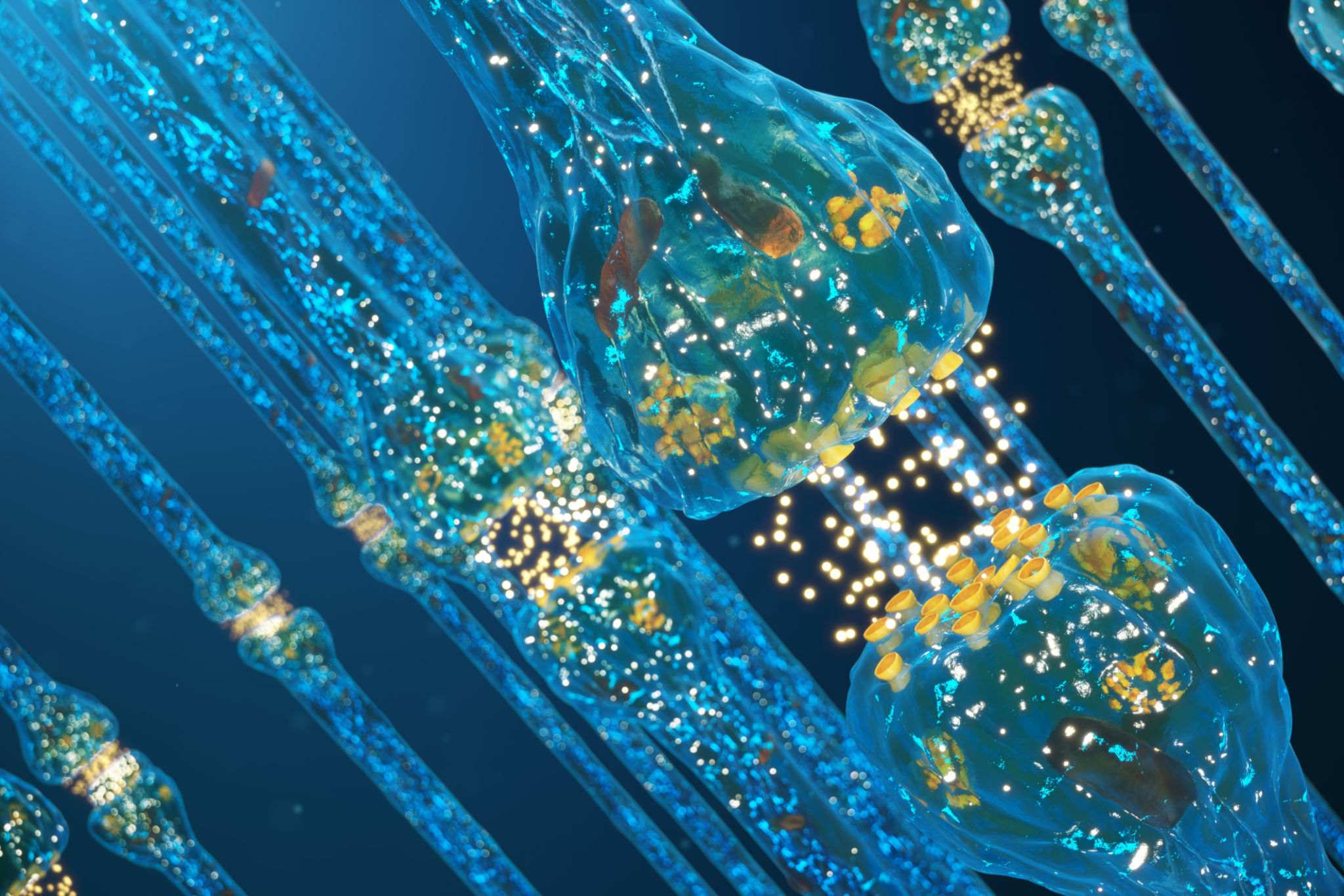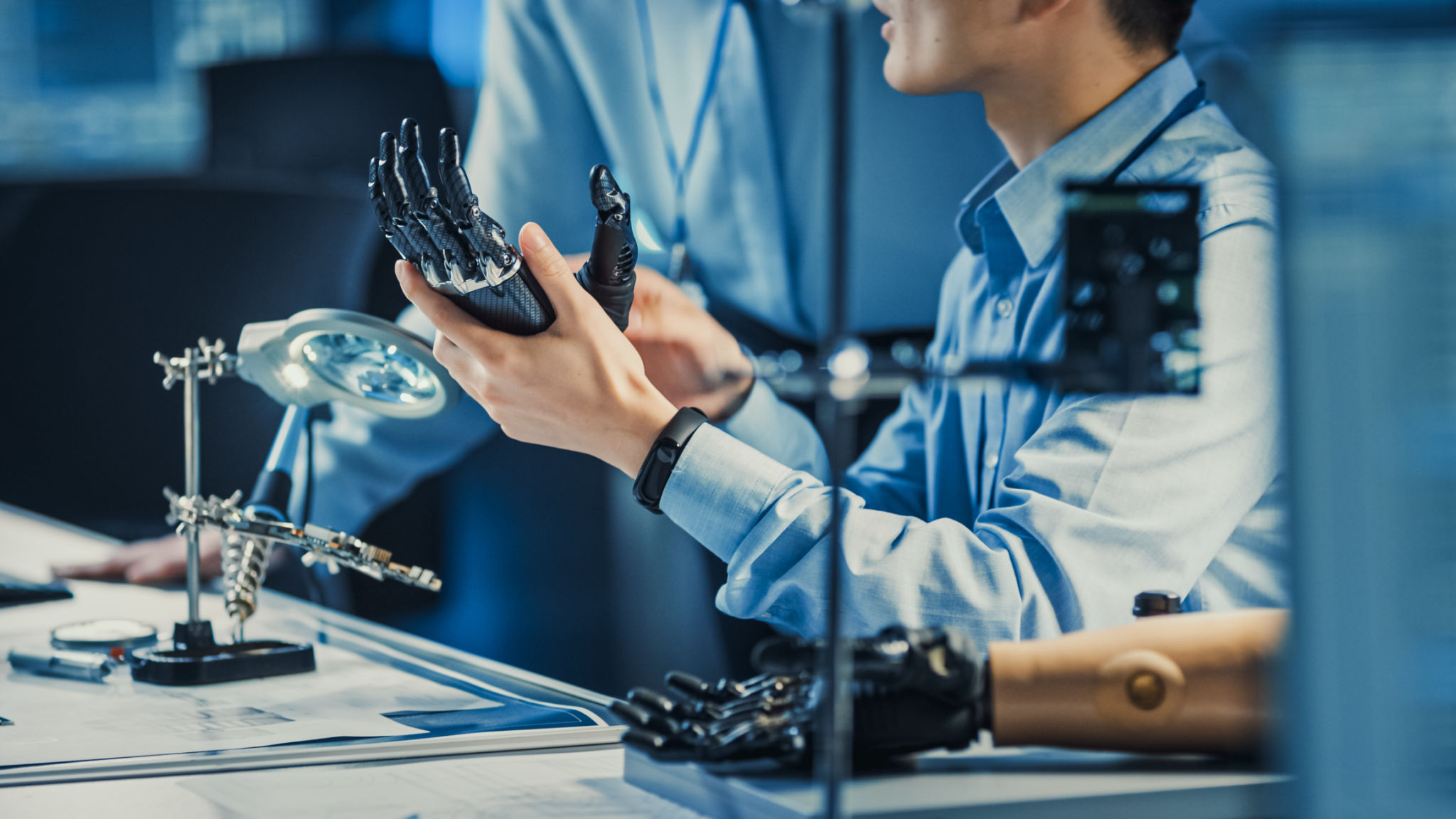Innovations in Skeletal Muscle Organoids: The Role of Pulse Stimulators
Introduction to Skeletal Muscle Organoids
Skeletal muscle organoids are miniature, lab-grown models of human muscle tissue that replicate certain functions and characteristics of natural muscles. These innovative models are essential for studying muscle physiology and disease, providing a more accurate representation than traditional 2D cultures. Recent advancements have paved the way for more sophisticated designs, driving the field of regenerative medicine and drug discovery.
The development of skeletal muscle organoids has been a breakthrough in biomedical research. By allowing scientists to mimic muscle behavior in a controlled environment, these organoids help in understanding muscle development, function, and pathology.

The Role of Pulse Stimulators
Pulse stimulators have emerged as a vital tool in the development and enhancement of skeletal muscle organoids. These devices deliver electrical impulses to the organoids, simulating the natural stimuli that muscles receive in the body. This process is crucial for promoting maturation and functionality in the organoids.
Electrical stimulation not only encourages proper alignment and contraction of muscle fibers but also enhances protein synthesis and metabolic activity. This mimics the natural exercise-induced responses seen in skeletal muscles, making the organoids more physiologically relevant.
Mechanism of Action
Pulse stimulators work by generating controlled electrical currents that mimic the nervous system's signals to muscles. These impulses trigger calcium ion release within the cells, initiating a cascade of events that lead to muscle contraction. Over time, repeated stimulation improves the structural and functional properties of the organoids.

Benefits of Using Pulse Stimulators
- Enhanced Maturation: Regular stimulation leads to better-organized muscle fibers, akin to those found in vivo.
- Improved Functionality: Stimulated organoids show increased contractile strength and endurance.
- Closer Physiological Relevance: Mimicking natural muscle activity results in more accurate models for research purposes.
The integration of pulse stimulators in organoid development is a game changer, offering insights into muscle diseases and potential therapeutic interventions. With continuous advancements, researchers are optimistic about the future applications of this technology.
Applications in Research and Medicine
Skeletal muscle organoids equipped with pulse stimulators hold immense potential in both research and clinical settings. They are being used to study muscle-wasting diseases, such as muscular dystrophy, and to test pharmaceutical compounds for efficacy and safety.

Moreover, these organoids offer a promising avenue for personalized medicine. By creating patient-specific muscle models, researchers can tailor treatments to individual needs, enhancing therapeutic outcomes and reducing adverse effects.
Future Directions
The field of skeletal muscle organoids continues to evolve with emerging technologies such as bioengineering and gene editing. As researchers refine pulse stimulation techniques and integrate them with other innovations, the potential to transform our understanding of muscle biology grows exponentially.
Looking ahead, collaborations between interdisciplinary teams will be crucial in overcoming current limitations and pushing the boundaries of what's possible with skeletal muscle organoids.
Conclusion
The integration of pulse stimulators in skeletal muscle organoid development marks a significant leap forward in biomedical research. By enhancing the physiological relevance of these models, researchers are better equipped to unravel the complexities of muscle biology and disease. As this field progresses, we can expect groundbreaking discoveries that will influence both science and medicine.